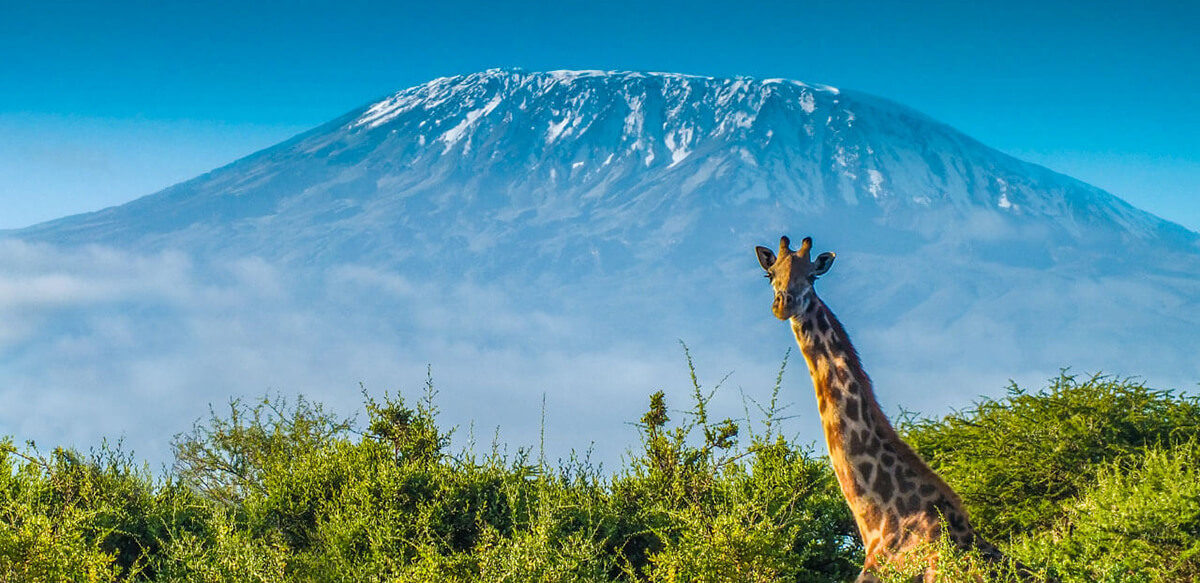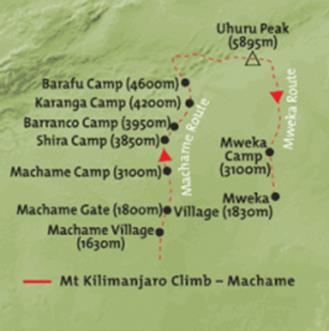Machame is the debatable second most popular trail and is considered harder than Marangu. Many believe that Machame is the more scenic route because the descent trail (Mweka) is different to the ascent trail, giving climbers more variety in scenery.
The different descent trail also helps to avoid upcoming trekkers, as they use a separate trail. It does, however, have more “ups and downs” than the Marangu route (which some say helps with altitude acclimatization). When climbing this route, you walk up the western side of the mountain.
The Machame Route is a fantastic opportunity to combine mountain skills and experience. It maximises the time and options available for climbing and allows for a more leisurely pace.
The nights are spent camping, and we provide top mountain guides, porters and safari chefs to look after you. Camping equipment is provided and it is carried by the porters. There are no shower / bath facilities while doing the climb, and toilets will be long drops. You will be provided with a bowl of warm water each morning, on request, to wash with.
It is advisable to “walk high, sleep low” – so after a short rest at the camps, walk up another few hundred metres and then return to camp for the evening. This will help you with acclimatisation to the altitude and assist with a successful summit.
Kilimanjaro National Park comprises the area above the 2,700 metre contour. It includes the moorland and highland zones, Shira Plateau, Kibo and Mawenzi peaks. In addition, the Park has six corridors, or rights of way, through the Kilimanjaro Forest Reserve. The Forest Reserve, which is also a Game Reserve, was established in 1921. The Park was established in 1973 and officially opened in 1977.
The Park exists to preserve Mount Kilimanjaro outstanding scenic and geological features and its flora and fauna for the use and enjoyment of all people, present and future. This is also the aim of the Forest and Game Reserve below the Park itself, and these different agencies are co-operative in the conservation of all the mountain’s resources.
This route offers some of the best scenery – ascending from the western side of Kilimanjaro, and descending down the south face. All tents and camping equipment are portered for you, with meals being prepared by cooks.


